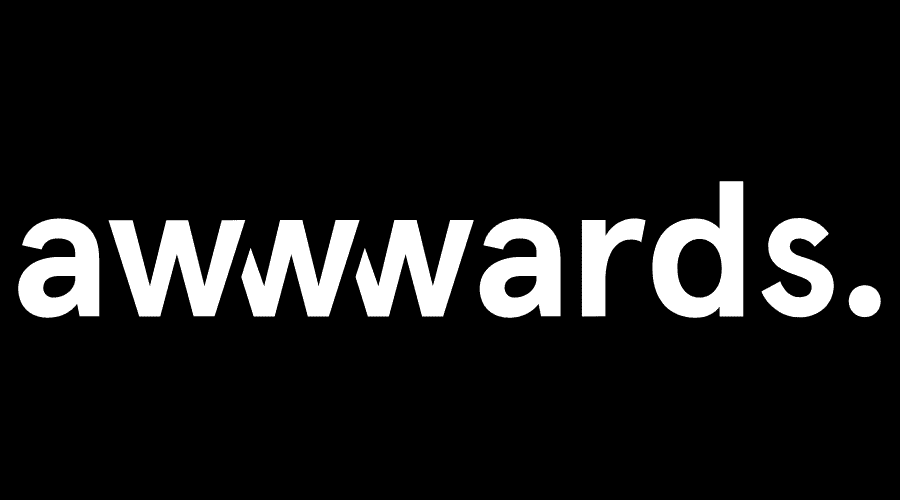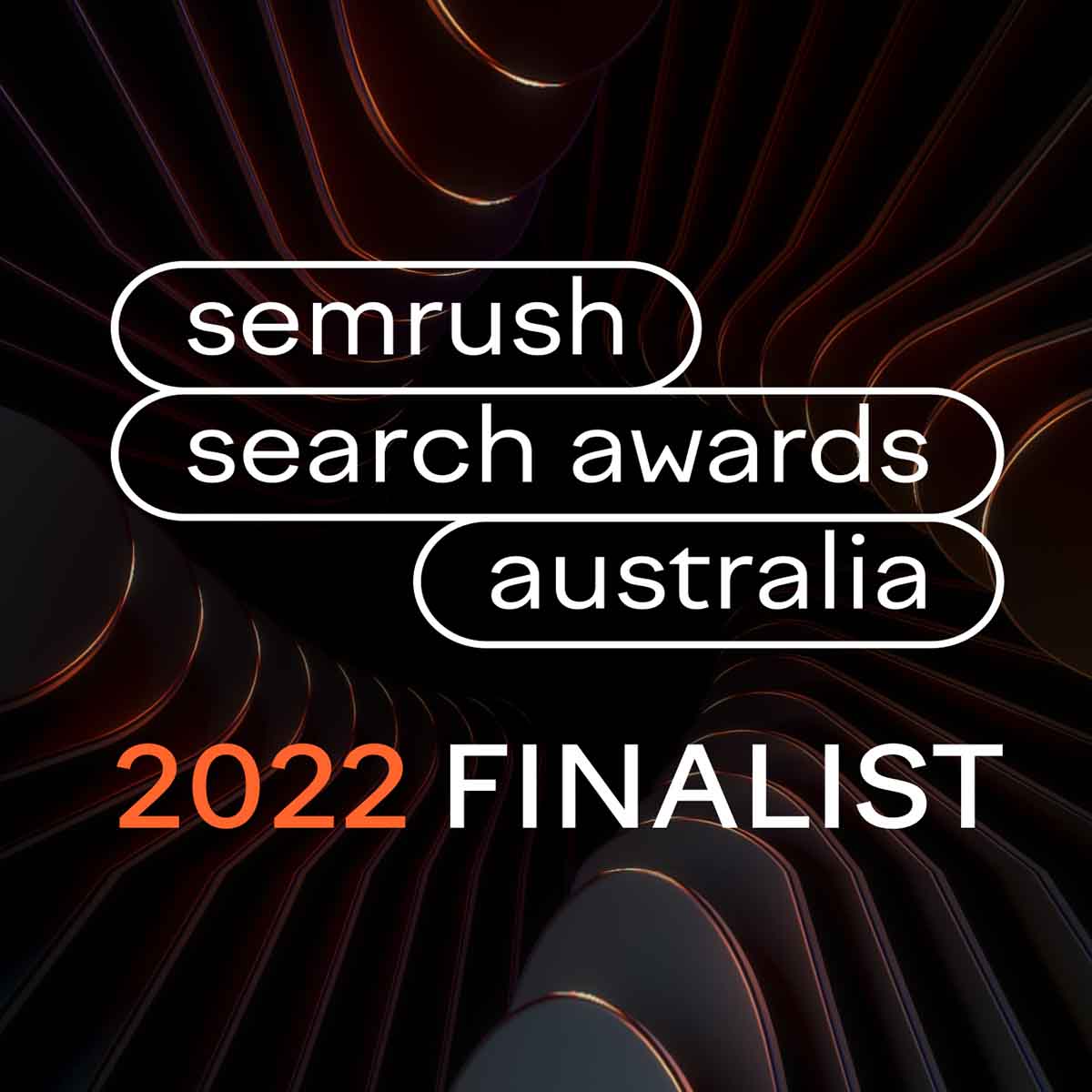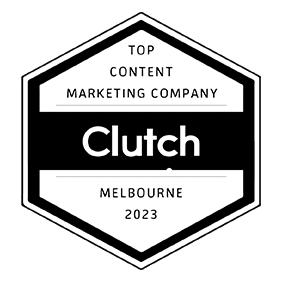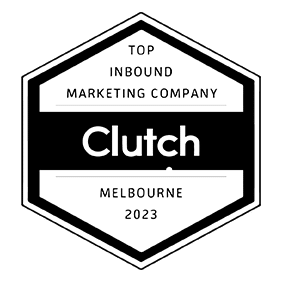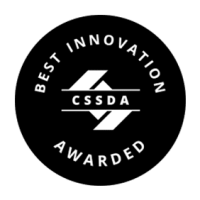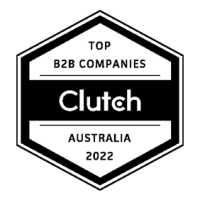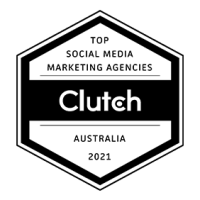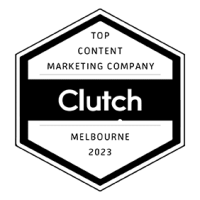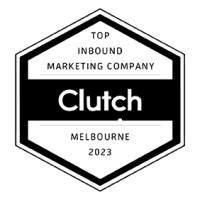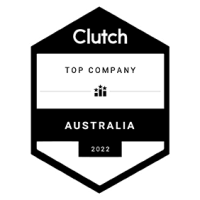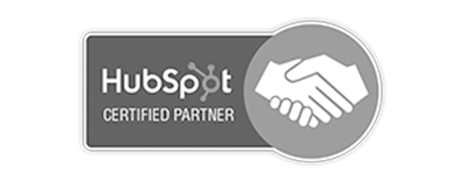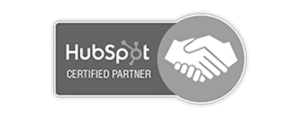Think about the last time you downloaded a short eBook or whitepaper, registered for a webinar or made an online purchase – especially one you hadn’t originally planned to. Was it something that someone you know recommended to you? Or were you browsing the web in search of something (possibly unrelated) and saw a business ad that persuaded you to download, register or buy that thing right at that moment?
If the latter scenario applies, then you’ve experienced direct response marketing first hand. Unlike the massive advertising campaigns designed by major companies like Coca-Cola, Disney, Adidas, Samsung, Uber and more that are emotional, creative and a little larger than life, direct response advertising is a relatively simple marketing strategy. But used well, it can be a highly effective one.
Read on to find out more about direct marketing and to understand what makes it so different from the other types of marketing a company might employ.
What Is Direct Response Marketing?
Also known as push marketing, direct response marketing is when you present an offer to your target audience to persuade them into taking some immediate action. These can be things like completing a lead generation form before they leave your website, downloading your eBook to read more about the topic of a certain article, or making a purchase that includes a special or limited-time deal.
Marketers enjoy using this strategy because it can help drive quick results on campaigns that are time-sensitive. These would be built around the launch of a new product, an abandoned cart recovery campaign, recruitment campaigns, upsell campaigns and more. What makes direct marketing different from traditional marketing is that it isn’t about building brand awareness. The whole point is that it is designed to provoke an immediate response and therefore has an immediate return on investment (ROI).
The Elements of a Direct Marketing Message
While direct response marketing is often about directly soliciting audiences to make a purchase, the whole aim of it is to design a campaign that feels less aggressive and more organic than traditional forms of advertising. What you’re trying to do is start a meaningful conversation with potential customers, placing you in a stronger position to drive more sales further down the line.
The lines between traditional marketing and direct response marketing can get a little blurry at times, seeing as they’re both fostering engagement, building brand affinity and strengthening your brand’s reputation. What sets direct response advertising apart though is prioritisation. They’re about instant action and speedy results.
There are three core elements to direct marketing adverts:
The Offer Itself
This type of marketing works best when you are making a specific offer to your target audience. The trick is knowing your target audience and crafting an offer that appeals to the buyer persona of your ideal customer. Research shows that 71% of consumers expect to be recognised as individuals by the businesses they shop with. So, framing your product in a way that addresses their exact wants and needs is essential to the success of a direct marketing campaign. 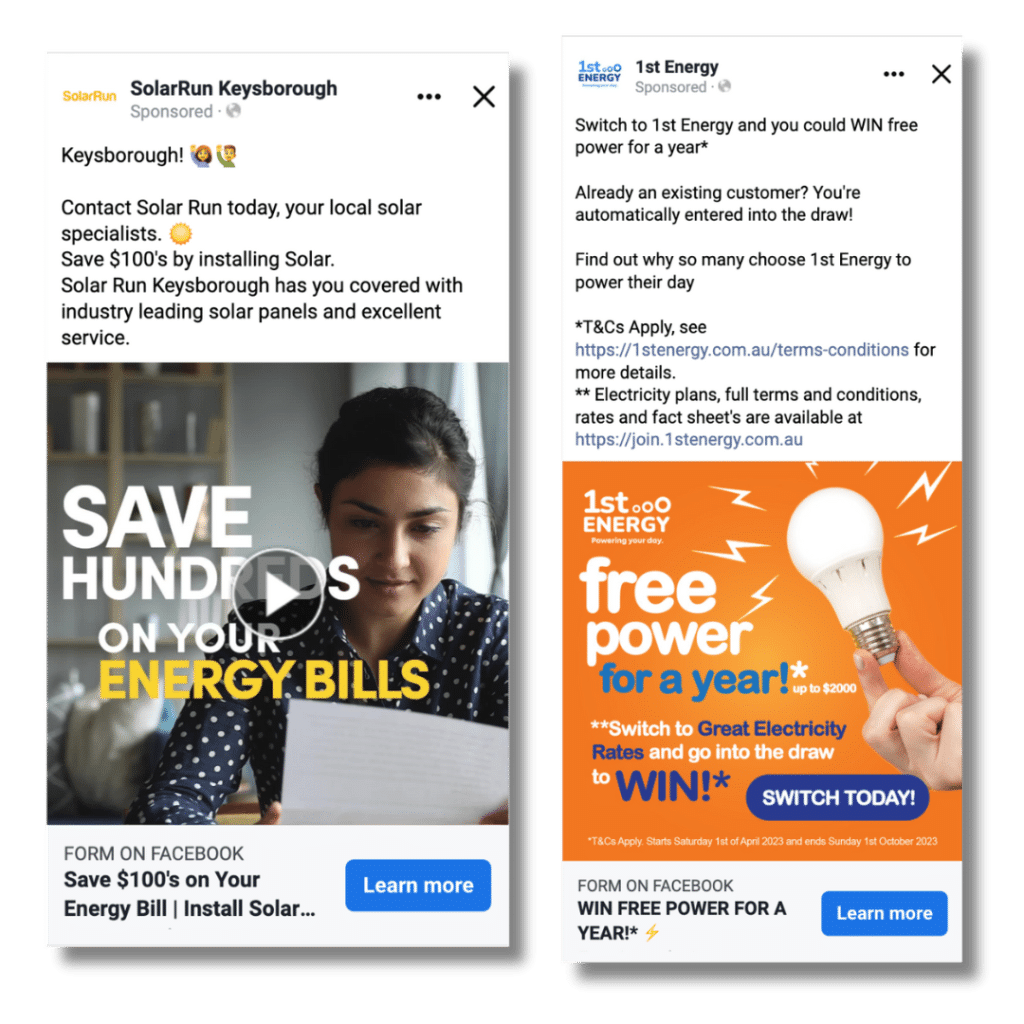
The Message
Your message needs to be something compelling that presents your offer in the best possible light – and sells it. You generally have only a few seconds to attract and engage potential customers, so balancing persuasion with straightforwardness is critical. Keep it short and sweet, just like we did with this paragraph!
The Call to Action (CTA)
Your CTA is what brings all of your marketing together. You use CTAs everywhere – in your blog posts, social media advertising, PPC adverts… You’ll use it so often that you may get sick of it. But in this case, the repetition is necessary and effective.
There are numerous ways to keep optimising and constantly adapting your CTA, from trying out different action-oriented text options to experimenting with the appearance of CTA buttons. Above all though, CTAs need to be easy to access and understand while staying abreast of the latest best practices.
Sense of Urgency
Although this is listed last, this is the most important element of direct response campaigns. There needs to be a reason for the customer to act now rather than later. And it can form part of any of the three elements mentioned already. A personalised message could be: “We just got stock of that thing you’ve been waiting for.”
Scarcity or a deadline also works to convey urgency in your message, such as a ‘limited-edition deal’ or a deal expiring within a short period (the end of the month for example). Another thing that works well is competition. Offer a prize for getting the most likes and shares on social media, or a grand prize for collecting the stickers hidden in a range of products by a certain date.
Best Practices for Direct Response Marketing
Sometimes your business needs consumers to respond as quickly as possible to an offer, for a variety of reasons. Direct response marketing is an affordable, convenient and effective way to achieve this. With quicker payoffs on your marketing efforts and boosted conversion rates, you get breathing room to expand your other marketing efforts. Keep the following in mind when developing direct response advertising campaigns.
Remember That It’s a Long Game
This seems counterintuitive to a type of marketing campaign that is all about driving immediate responses, but it is true. If you consistently run short campaigns that are all about selling your product or service and nothing else, customers are going to get tired of seeing your ads all the time.
Research by SurveyMonkey revealed that 78% of customers made a recent purchase based on shared values, and another found that 55% of consumers prefer supporting companies that openly share what they stand for. So, mix the goals of your marketing campaigns with actions like checking out your latest blog post, celebrating an achievement with you or signing up for your newsletter.
Personalisation Is Everything
This might seem like a duplicate of what we said already, but it bears repeating. Companies that excel at personalisation tactics generate as much as 40% more revenue than those who are average at it. In that same study by McKinsey, 78% of customers said they were more likely to shop with a brand again if they’d received tailored communications from them.
Customers are getting smarter about what is possible when it comes to marketing, and they respond positively to brands that show they care about developing a long-term relationship rather than just closing a sale. Personalisation is one of the key ways to do exactly that.
Leverage Video Content
When it comes to marketing, the average consumer tends to get a little jaded. It can’t be helped that brands follow marketing trends, and will often end up with very similar marketing campaigns as a result. So, if you want to drive action, then you need to get creative. And incorporating video in your direct response campaigns is an easy way to set you apart from competitors.
According to a Facebook study on direct response campaigns, brands who used a combination of still and video ads enjoyed 17% more conversions than brands who relied on still or image-based ads alone. Consumers have a notoriously short attention span in the hyperconnected world of today – video content is a perfect way to deliver maximum message in minimum time.
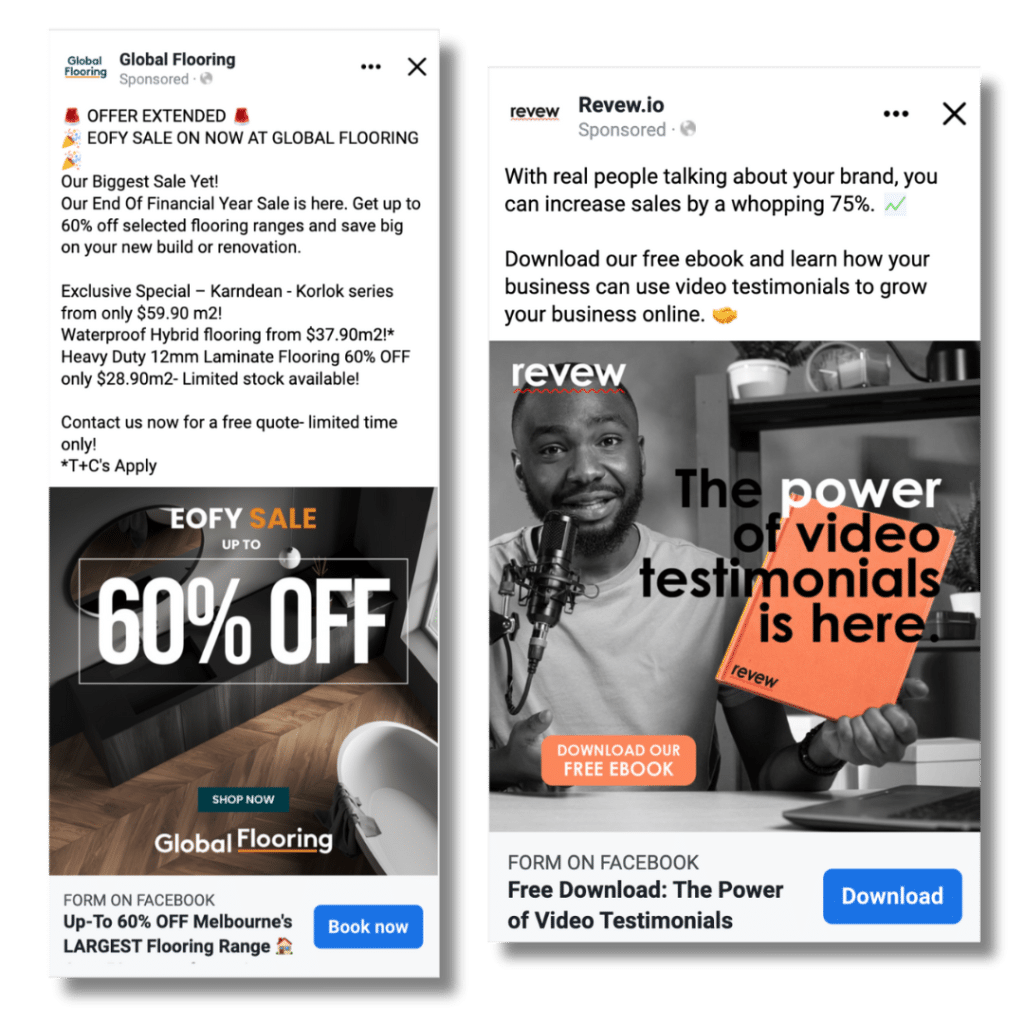 Word of Mouth Is Still King
Word of Mouth Is Still King
It may be the oldest form of marketing in the known universe, but it is still one of the most effective. Consumers have been relying on the opinions and advice of their friends, family and colleagues for years. This same principle is the reason that brands began paying for product placements in Hollywood movies and why influencer marketing was all the craze for a while.
But consumers have gotten wise to that marketing tactic and are losing trust in brands and entities they don’t know personally. But direct response marketing can tap directly into that word-of-mouth network. A direct response campaign asking existing customers to refer your brand, product or service in exchange for a discount, gift, or some other perk that aligns with your business model will spread brand awareness and may lead to more conversions.
Direct Response Marketing Done Right Takes Practice
The competition for a consumer’s attention is proving to be more of a challenge every day. Mom-and-pop stores are just as likely to show up in someone’s social media feeds as a major brand, with targeted PPC campaigns becoming even more specific. This extends to every corner of the internet. So, you need to be savvy about your marketing efforts and build campaigns that help nurture as many consumers as possible through your sales funnels.
When used effectively, direct response marketing can be a powerful way to supplement your marketing strategies. Use them for providing audiences with invitations to get to know you better, opportunities to learn what your company stands for, and information on how you can meet their wants or needs. Learn the art and science of direct marketing with A/B campaigns, and watch the fruit of your efforts grow for years.








